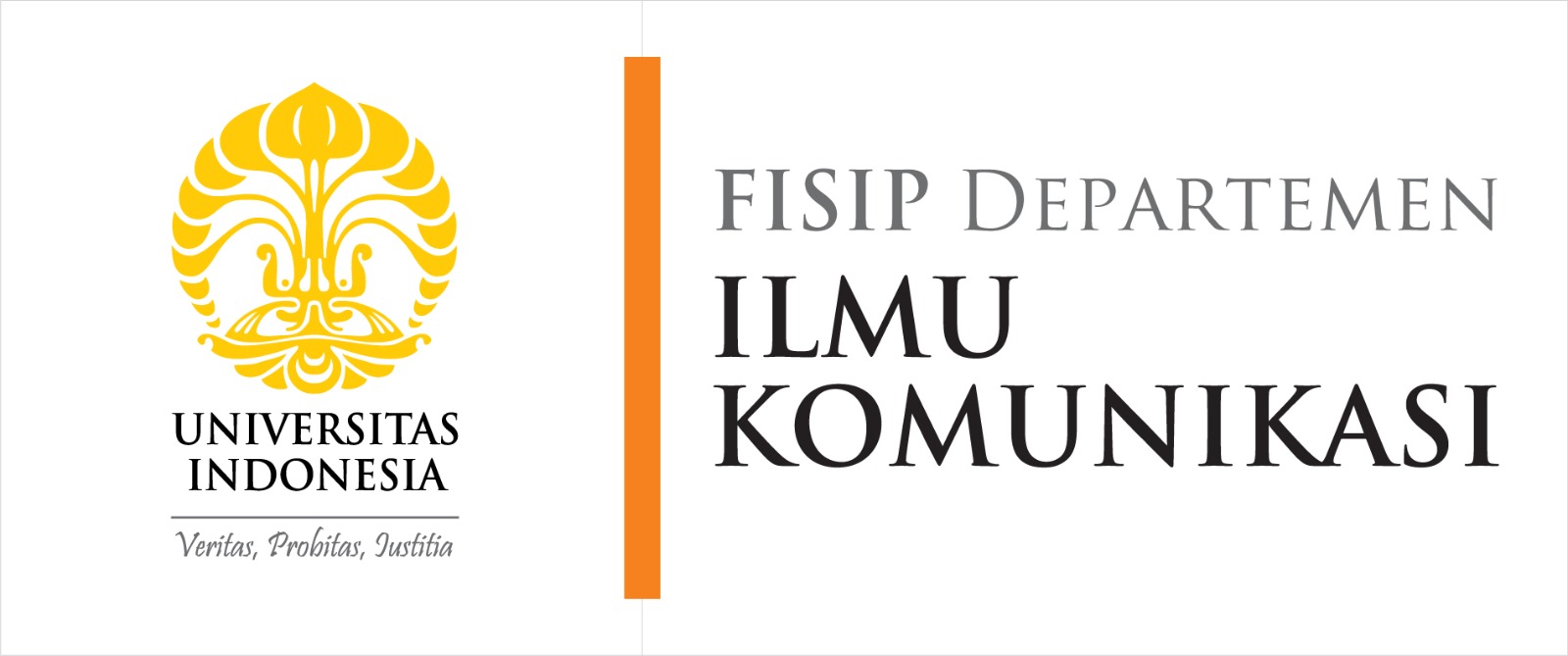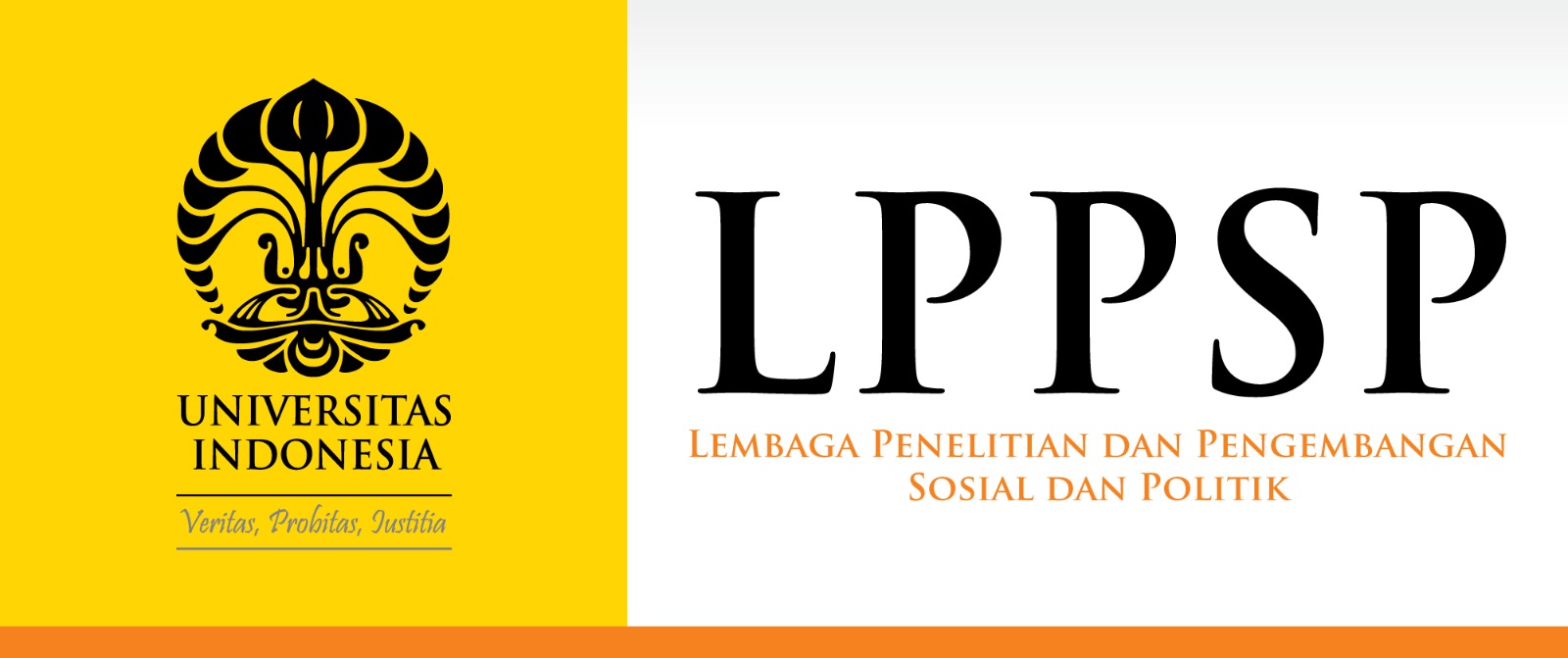JURNAL KOMUNIKASI INDONESIA
Abstract
Kemajuan teknologi menyebabkan perubahan pola masyarakat dalam mengonsumsi berita. Kini masyarakat lebih senang membaca berita lewat kanal pribadi di media sosial, salah satunya adalah grup WhatsApp. Masalah terjadi ketika mereka berdiskusi dalam suatu grup yang bersifat homogen. Tidak adanya argumen pembanding dapat menyebabkan munculnya suatu keyakinan palsu akan suatu hal. Artikel ini mencoba memberikan penjelasan atas fenomena ini dengan menggunakan lensa komunikasi secara ritual. Komunikasi ritual memandang sebuah berita bukan merupakan perpanjangan suatu informasi, namun untuk memelihara tatanan sosial masyarakat dalam suatu waktu. Peneliti menggunakan wawancara mendalam untuk mengetahui bagaimana grup WhatsApp pengajian membahas Pilkada DKI Jakarta 2017. Hasil penelitian menunjukkan bahwa berita yang tersebar di grup WhatsApp menimbulkan kekacauan dan kecemasan, namun interaksi di grup WhatsApp memberikan perasaan tertib. Kebanyakan anggota grup WhatsApp juga aktif dalam menyebarkan pesan sebagai pencerahan kepada sesamanya.
The advancement of technologies has led to a shift on the way of consuming news. Today, people prefer reading news through their personal channels in social media network, one of them is WhatsApp group. Problems occur when they chat in a relatively homogenous group. The absence of counter arguments can lead to strong beliefs about something. This article tries to explain the phenomenon by using ritual communication lens. Ritual communication does not see message as an extension of information, but to maintain the social order of society at a time. Researchers use in-depth interviews to find out how WhatsApp group of Quranic readers discuss the 2017 Jakarta election. The results show that the news spread across WhatsApp groups spark chaos and anxiety, but the interaction among WhatsApp group members gives a sense of orderliness. Most members of the WhatsApp group are also active in spreading message to enlighten others.
References
Austin, Shaun. (2014). How News and Stories are Followed on Twitter. Reuters Institute, dapat diakses di http://www.digitalnewsreport.org/essays/2014/how- news-and-stories-are- followed-on-twitter/ pada tanggal 17 November 2017
Carey, J. W. (2009). Communication as culture, revised edition: Essays on media and society. Routledge.
Couldry, Nick. (2008). Form and Power in an Age of Continuous Spectacle. Dalam Hesmondhalgh, David and Toynbee, Jason, (eds.) The media and socialtheory. CRESC: culture, economy and the social (hal. 161-176). Routledge, Abingdon.
Creswell, J., (2010). Qualitative inquiry and research design: Choosing among five approaches, 2.
Cui X. (2016) Mobile Media Events: Social Cohesion through an IM App. In: Mitu B., Poulakidakos S. (eds) Media Events. Palgrave Macmillan, London
Cui, X. dan Rothenbuhler, E. W. (2017). Ritual. Dalam The International Encyclopedia of Communication Theory and Philosophy. hal. 1–5.
Daily Social. (2017). Indonesian News Reading Habit Survey 2017. Dapat diakses di: https://dailysocial.id/report/post/indonesian-news-reading-habits-survey-2017 pada tanggal 17 November 2017.
Eshbaugh-Soha, M. (2015). Traditional Media, Social Media, and Different Presidential Campaign Messages. Controlling the Message: New Media in American Political Campaigns, 136.
Fry, Katherine G. (2008). News as Subject: What Is It? Where Is It? Whose Is It?. Journalism Studies, 9(4): hal. 545–60.
Hamelink, C. J. (2015). Media and conflict: Escalating evil. Routledge.
Malka, V., Ariel, Y., & Avidar, R. (2015). Fighting, worrying and sharing: Operation ‘Protective Edge’as the first WhatsApp war. Media, War & Conflict, 8(3), 329-344.
Neuman, L.W., (2014). Social research methods: Qualitative and quantitative approaches.
Newman, N., Levy, D.A. dan Nielsen, R.K.,(2016). Reuters Institute Digital News Report 2015.
Pekala, Sarah. (2016). BBM and WhatsApp Fight for User’s Attention in Indonesia. Jana, dapat diakses di http://blog.jana.com/blog/top-messaging-apps-indonesia-september-2016 pada tanggal 17 November 2017
Pauly, J. J. (2014). Ritual Theory and the Media. Dalam Fortner, Robert dan Mark Fackler. The Handbook of Media and Mass Communication Theory. Wiley and Sons. hal. 172-189.
Pindayi, B. 2016. Social Media Uses and Effects: The Case of WhatsApp in Africa. Impacts of the Media on African Socio-Economic Development, hal. 34.
Rothenbuhler, E. W. (1998). Ritual communication: From everyday conversation to mediated ceremony. Sage Publications, Inc.
Schafer, J. (2002). Spinning the web of hate: Web-based hate propagation by extremist organizations. Journal of Criminal Justice and Popular Culture, 9, 68-98.
Sumiala, J., & Tikka, M. (2015). News rituals of participation: Negotiating temporalities, categories, and hierarchies of news-making on YouTube. Anthropological Notebooks, 21(3).
Sunstein, C. (2001). Republic.com. Princeton, NJ: Princeton University Press.
Tichi, C. (1992). Electronic hearth: Creating an American television culture. Oxford University Press.
Wimmer, D. R., & Dominick, R. J. (2011). Qualitative research methods. Mass media research: An introduction, 9, 114-154.
Wong, Lorraine. (2017). Motivations for Sharing News on Social Media. FIMS Publications. hal. 163.
Yardi, S., dan Boyd, D. (2010). Dynamic debates: An analysis of group polarization over time on twitter. Bulletin of Science, Technology & Society, 30(5), hal. 316-327.
Recommended Citation
Bafadhal, Oemar Madri
(2017)
"Komunikasi Ritual Penggunaan Aplikasi WhatsApp: Studi Konsumsi Berita Lewat Group WhatsApp,"
JURNAL KOMUNIKASI INDONESIA: Vol. 6:
No.
1, Article 5.
DOI: 10.7454/jki.v6i1.8628
Available at:
https://scholarhub.ui.ac.id/jkmi/vol6/iss1/5
Included in
Gender, Race, Sexuality, and Ethnicity in Communication Commons, International and Intercultural Communication Commons, Social Influence and Political Communication Commons




